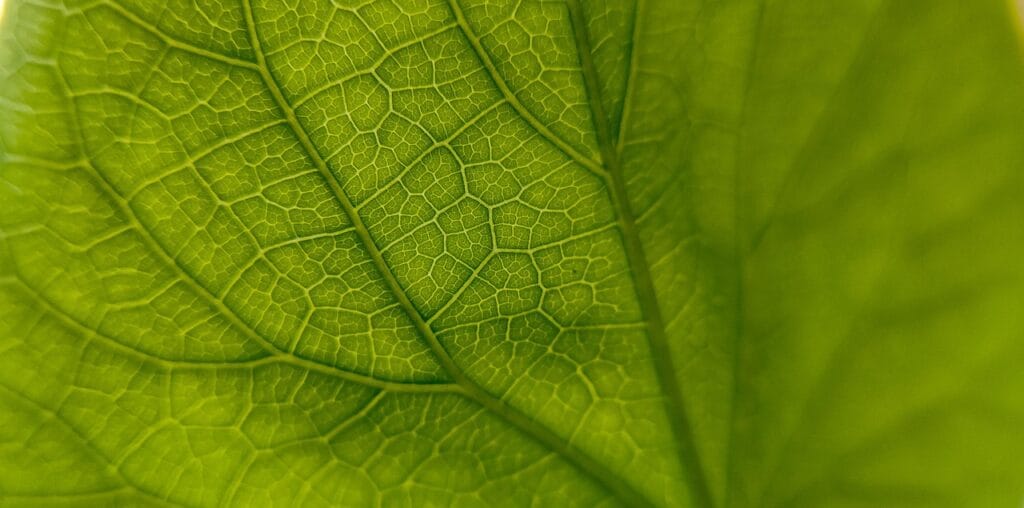Stomata: Tiny pores in the leaf epidermis of plants that allow for gas exchange, primarily the intake of carbon dioxide and the release of oxygen and water vapor.
Think of stomata as the plants breathing holes, like tiny mouths on the underside of leaves. They’re the gateways through which plants take in the air they need for photosynthesis and release the air they don’t. Imagine them opening and closing, like miniature valves, regulating the flow of gases in and out of the plant.
Understanding stomata is important for optimizing plant health in a home garden. Factors like temperature, humidity, and light intensity can affect how open or closed the stomata are. For example, in hot, dry conditions, plants may close their stomata to conserve water, which can also slow down photosynthesis. Knowing this can help you provide the right growing conditions for your plants and avoid stressing them out.
Ultimately, stomata are vital for plant survival, like tiny, efficient air conditioners. They remind us that plants are constantly interacting with their environment, breathing and transpiring, just like us.

Disclaimer: This post is for informational purposes only and should not be construed as health, wellness or nutrition advice. Please see our full disclaimers here.
« Back to Glossary Index
